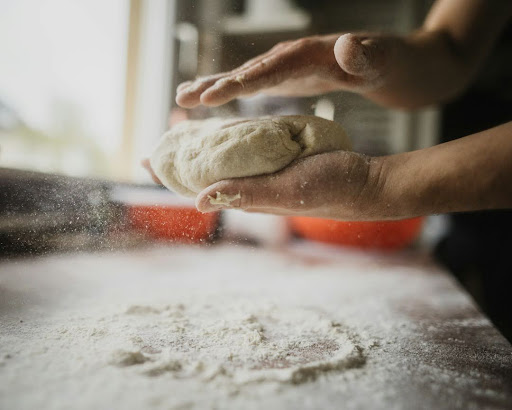Opening a pizza restaurant is a dream for many culinary entrepreneurs, but success hinges on more than just a great recipe. Behind every mouthwatering slice is a suite of essential equipment that ensures operations run smoothly and efficiently. From high-temperature ovens that create the perfect crust to refrigeration systems that keep ingredients fresh, understanding the tools of the trade is pivotal. In this article, we delve into the must-have equipment for any pizza restaurant looking to deliver the ultimate pie experience to their customers.
Essential Dough Preparation Tools for Perfect Pizza Crust

For the crust cornerstone of a tantalizing pizza, high-quality dough preparation tools are indispensable. A commercial mixer with the right capacity and power settings can handle the heavy workload of kneading dough to the perfect consistency while saving both time and labor. Selecting a mixer with variable speed options allows for the finesse needed to achieve the desired dough texture.
Dough sheeters and dough presses are equally crucial for achieving uniform crusts quickly and efficiently. Consistency is key in the pizza business, and these tools help maintain a standard size and thickness across all pizzas. This not only impacts the visual appeal of your pizzas but also contributes to even cooking and customer satisfaction.
One must not forget the smaller tools like dough dockers to prevent air pockets during baking or dough scrapers for efficient handling and division of dough. While these tools may seem minor, their impact on the workflow and finished product is profound, making them a vital part of your pizza prep arsenal.
Efficient Pizza Assembly Line Setup and Equipment
Efficiency on the pizza assembly line is not just about speed; it’s about creating a workflow that allows for the rapid production of consistently high-quality pizzas. For practical and efficient pizza assembly, commercial pizza prep tables are indispensable. These refrigerated stations not only keep toppings at safe temperatures but also streamline the pizza-making process. With everything readily accessible, chefs can work swiftly, reducing wait times for customers while maintaining the integrity of the ingredients.
Ingredient bins, ladles, and sauce dispensers should be within easy reach, lending to a smooth progression from dough preparation to topping application. High-quality pizza peels are essential for safely and effectively transporting pizzas into and out of the oven, reducing the risk of burns or accidents in a busy kitchen environment.
Selecting the Ideal Commercial Pizza Oven for Your Restaurant

The heart of any pizza restaurant is its oven. The choice between wood-fired, gas, or electric models will directly impact your pizza’s flavor and texture. Wood-fired pizza offer a traditional touch and distinct smokiness, while pizzas cooked in gas and electric ovens offer more control and consistency. Considerations such as kitchen space, energy efficiency, and your expected volume of sales play a crucial role in determining the best fit for your establishment.
The oven’s capacity and throughput are critical for keeping up with customer demand, especially during peak hours. Conveyor belt ovens can maximize output in high-volume settings, but they might not suit an artisanal pizza parlor aiming for a handcrafted finish. Assessing the balance between production needs and the desired pizza quality will guide your selection process.
Maintenance and longevity are also vital factors to consider. Commercial pizza ovens are significant investments, so choosing a model that’s renowned for durability and backed by solid warranties and customer support is sensible.
Refrigeration Solutions for Fresh Ingredient Storage
Ingredient freshness is paramount in the culinary realm, and for pizza restaurants, this means having reliable refrigeration solutions in place. Walk-in coolers and refrigerators are core to managing inventory, especially for fresh produce and perishable items such as cheese and meats. Ensuring you have enough refrigerated storage space will help you keep up with busy service periods without compromising on ingredient quality.
Temperature monitoring systems are a smart addition to any refrigeration setup. They not only assist in meeting health and safety standards but also prevent food waste by alerting staff to any fluctuations that could jeopardize ingredient quality.
Lastly, energy efficiency should be considered when selecting refrigeration units. Equipment that uses less energy reduces overhead costs and aligns with environmentally friendly practices. Look for ENERGY STAR-rated appliances or those boasting other eco-friendly credentials as part of your sustainability commitment.
Overall, the key to thriving in the pizza restaurant industry is to equip your establishment with the right blend of equipment. By investing in reliable, efficient tools, you pave the way for quicker service, delectable dishes, and satisfied customers.
